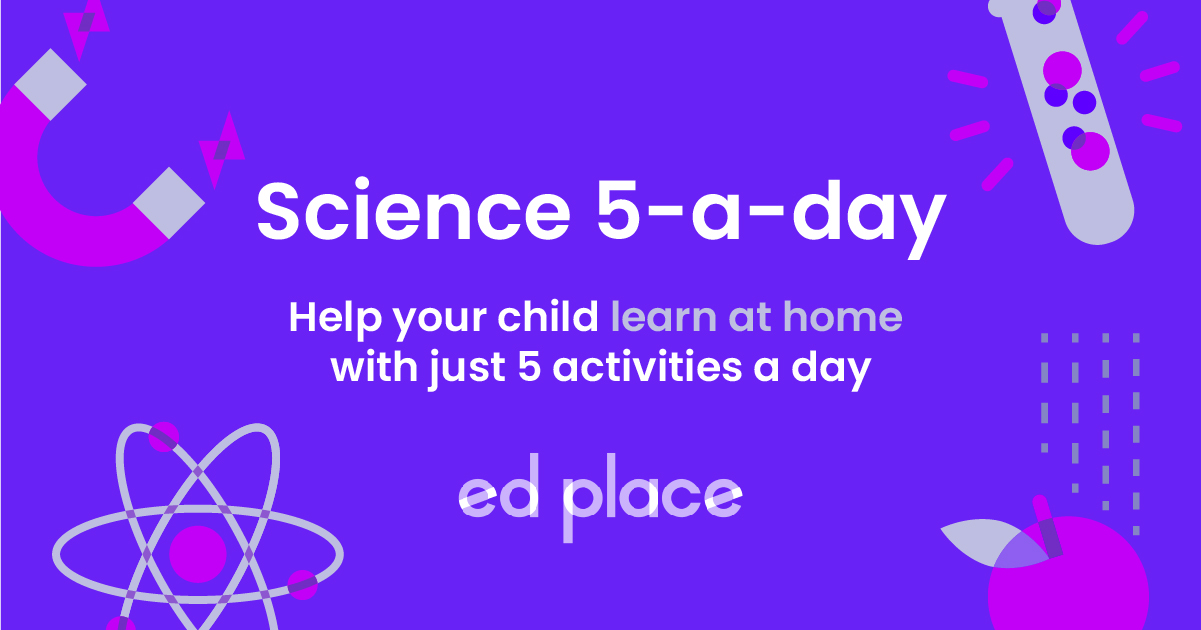
EdPlace's Year 2 Home Learning Science Lesson: Plants
Looking for short lessons to keep your child engaged and learning? Our experienced team of teachers have created English, maths and science lessons for the home, so your child can learn no matter where they are. And, as all activities are self-marked, you really can encourage your child to be an independent learner.
Get them started on the lesson below and then jump into our teacher-created activities to practice what they've learnt. We've recommended five to ensure they feel secure in their knowledge - 5-a-day helps keeps the learning loss at bay (or so we think!).
Are they keen to start practising straight away? Head to the bottom of the page to find the activities.
Now...onto the lesson!
What do plants need to grow?
As we look around outside in the spring and summer, we see lots of beautiful plants and flowers around us. In Key Stage 1, children start to lean the names of some of these common plants and then start to think about how they grow and what they need to be healthy. This lesson will take you through all the things your child needs to know about plants at this stage.
We're confident that if you follow the step-by-step approach below your child will be able to:
1) Understand the process that a seed and bulb go through to become a mature plant.
2) Describe the different stages of a growing plant.
3) Explain what plants need to grow healthily.
Step 1: What do we already know?
In Year 1, children will have focussed on naming a variety of plants and trees. They are likely to be able to talk about the different parts of a plant such as the stem, flower, leaf and roots.
Have a look at this diagram to remind yourself of the different parts of a plant.
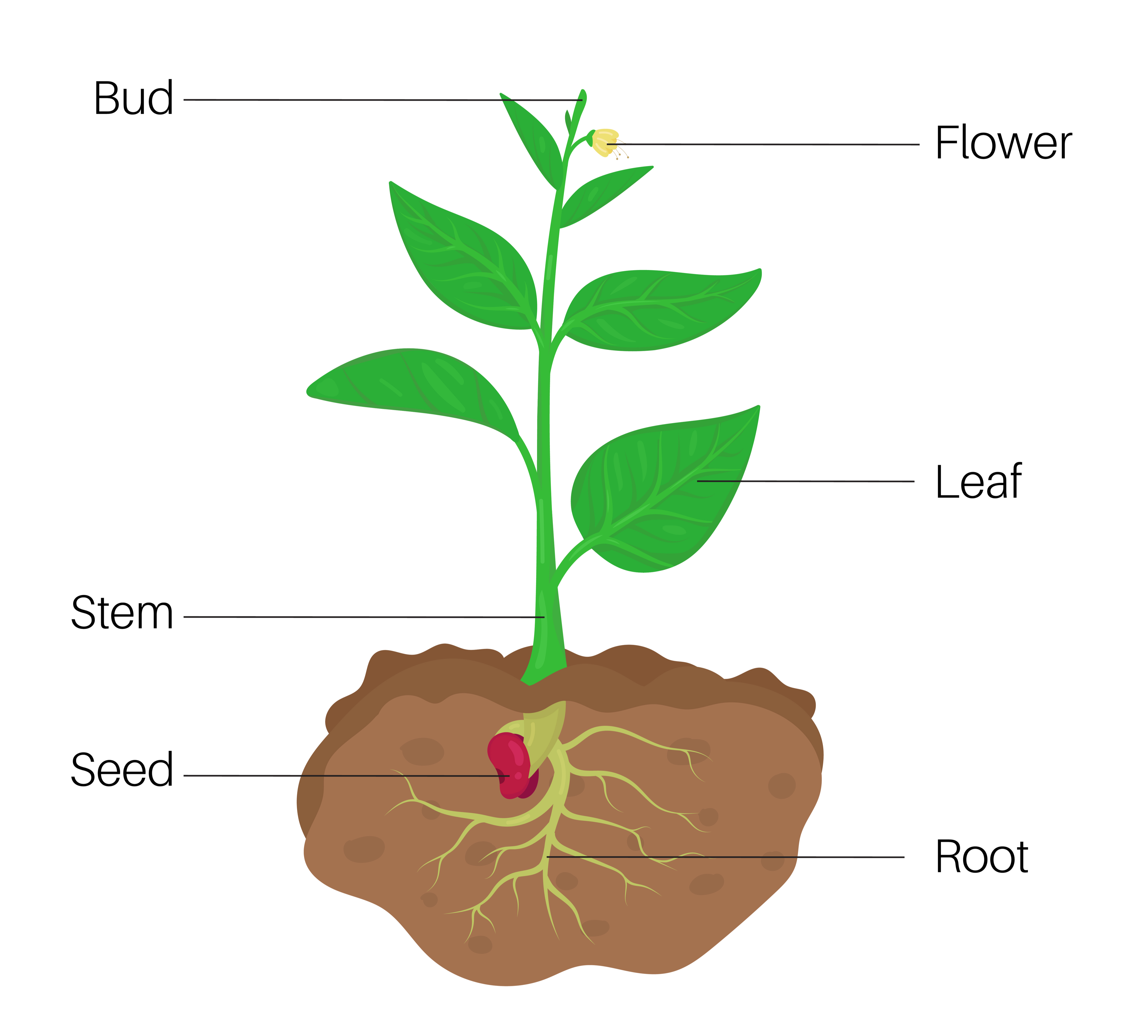
Step 2: Vocabulary check
Some science-based words will come up during this lesson, so it’s important to check your child’s understanding of them before getting started.
Root – The part of a plant which attaches it to the ground and provides water and nutrients to the plant.
Stem – The main body of the plant (usually long and green).
Temperature – How hot or cold something is
Step 3: How do plants grow?
Have a look at the picture here and discuss what you can see happening. What different stages can you spot? What parts of the plant can you name?
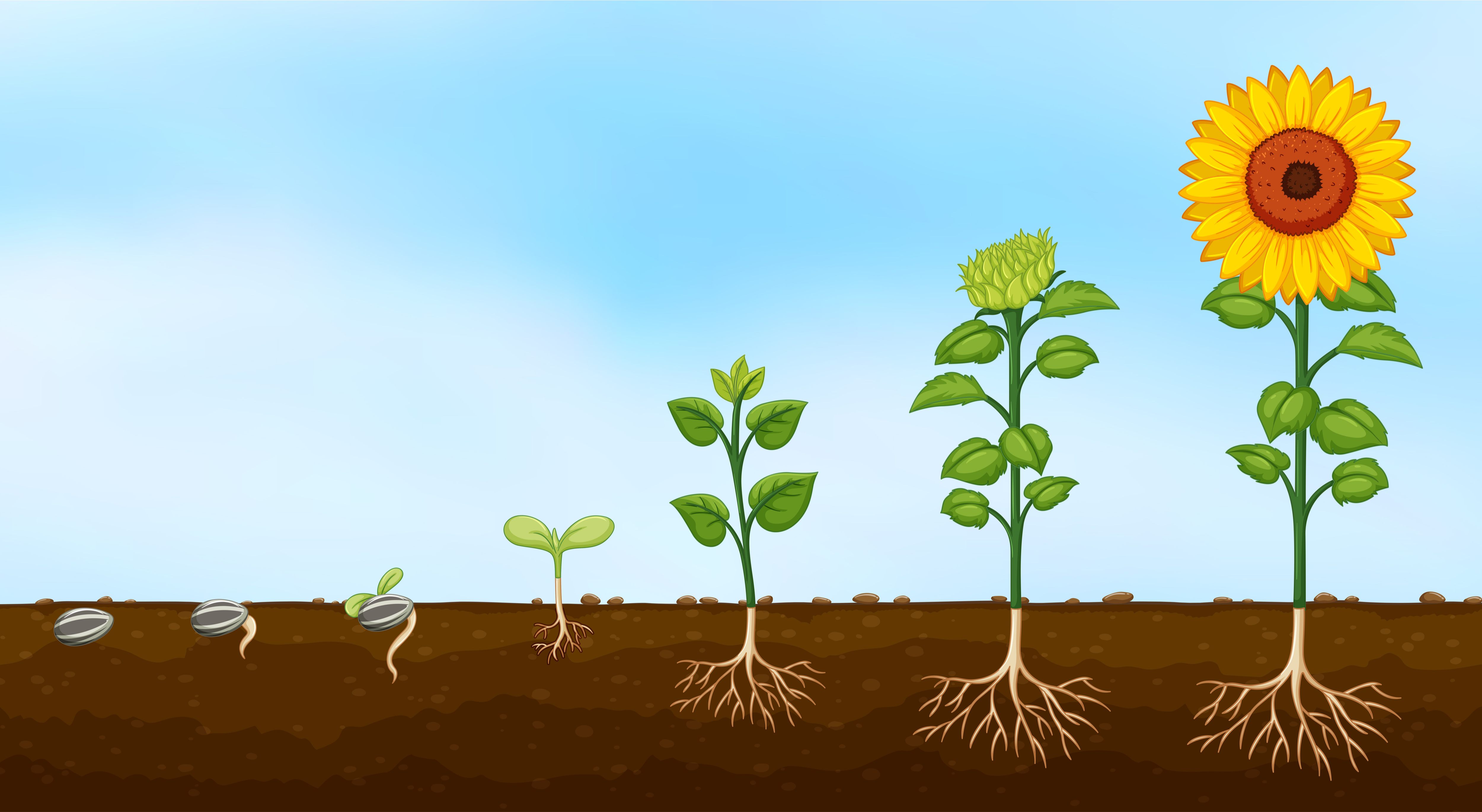
Let’s look at each step and see what is happening:
1. The sunflower seed has been planted in the soil.
2. The root leaves the seed and starts to shoot downwards.
3. The root continues to grow down and we can see some green shoot up.
4. We can clearly see the root growing down and expanding, and the shoot is growing up with leaves.
5. The green stem is growing tall and the roots are deepening into the soil.
6. If we look right at the top of the stem, we can see the flower starting to grow.
7. Now we can see the sunflower right at the top of the stem, with lots of strong roots underground.
Don’t forget that it’s not only seeds that grow into plants, but bulbs too. The process to get from bulb to flower is very similar. Have a look at the daffodil below which has grown from a bulb.
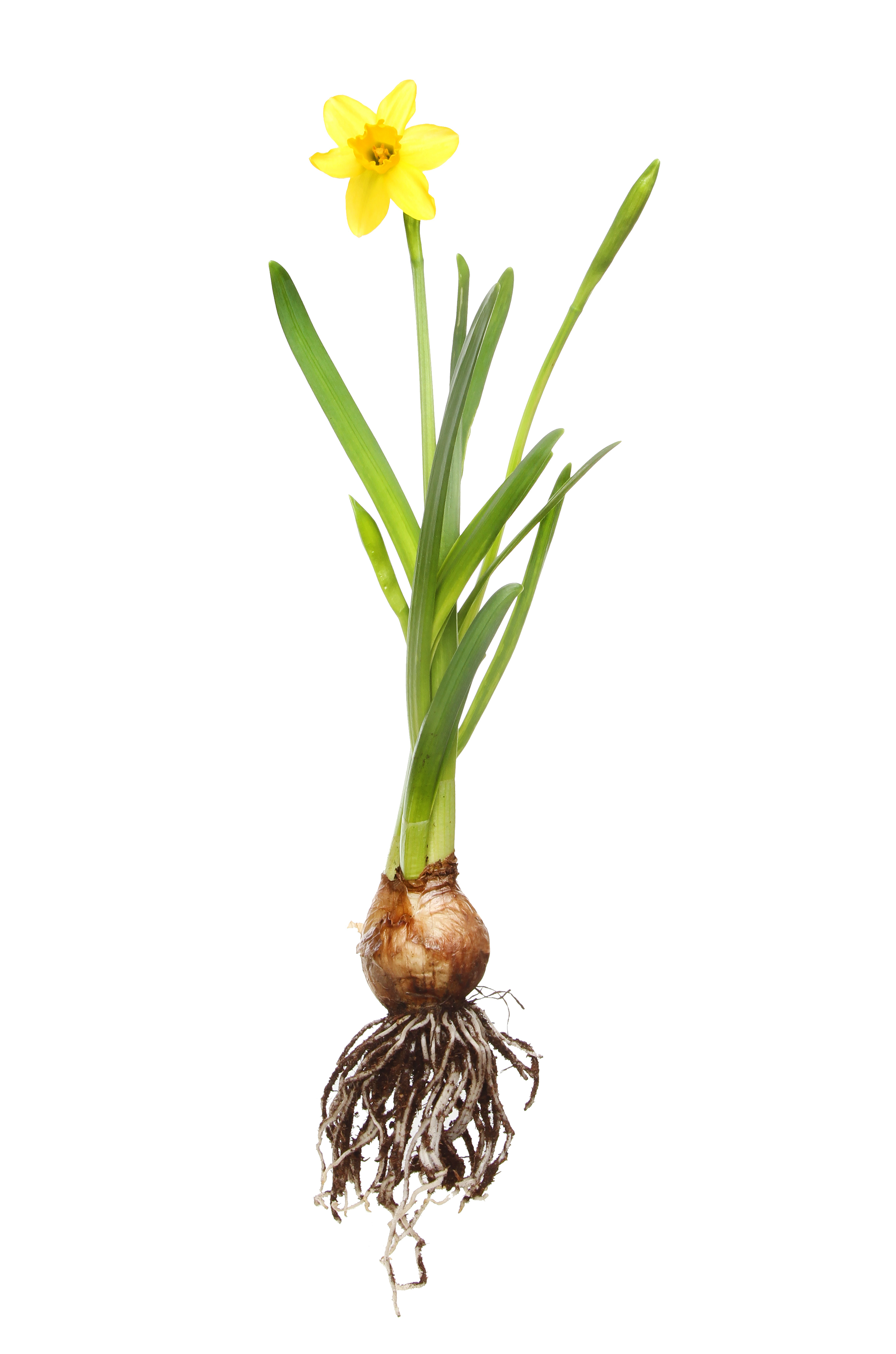
So, what do these little seeds and bulbs need to grow into plants? They wouldn’t be able to grow into those lovely sunflowers and daffodils without some very important things:
1. Water
When we buy seeds or bulbs we can check how much water they need – it’s important to make sure it’s not too much and not too little!
2. Light
Most plants need sunlight to grow and be healthy. That’s why most plants live outside, and others are best placed on windowsills so they can get sunlight through the window!
3. The right temperature
Seeds and plants need the right temperature to be able to grow. The ‘right temperature’ is different for different plants. For example, a cactus needs a lot of heat to grow (like in a desert), but a daffodil can grow in much cooler temperatures.
Step 4: Putting it into practise
So, now that you have a better understanding of plants, why not have a go at some of these questions – you’ll find the answers at the bottom!
1. What is the part of a plant that grows underground called?
2. What 2 things can be put into the ground that will turn into plants?
3. What is the part of the plant called that grows petals?
4. What are the 3 things that plants need to grow?
5. Have a go at talking through this diagram – what is happening at each stage?
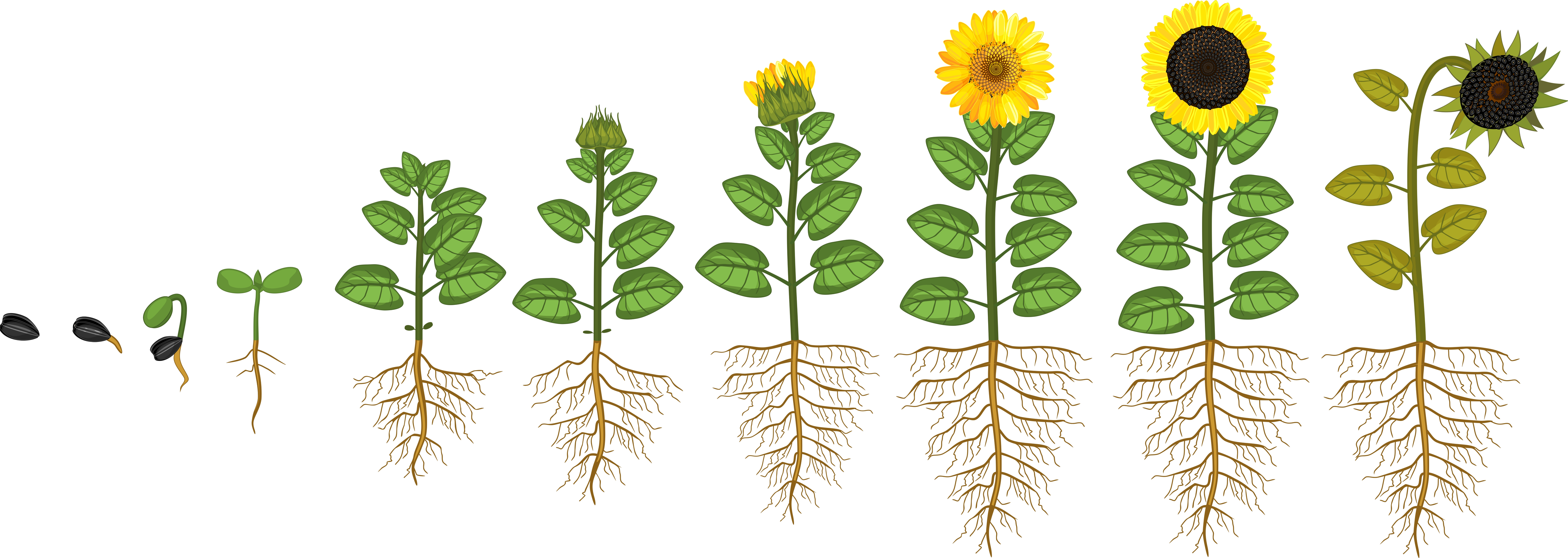
Step 5 - Activity time!
Hopefully, your child has a good understanding of animals and their offspring now. Why not keep practising this knowledge by working through some of the below activities:
All activities are created by teachers and automatically marked. Plus, with an EdPlace subscription, we can automatically progress your child at a level tailored to their needs. Sending you progress reports along the way so you can track and measure progress, together - brilliant!
Activity 2 - Growing Plants from Seeds
Activity 5 - More About Growing Plants from Seeds
Answers:
1. Roots
2. Seeds and bulbs
3. Flower
4. Water, light and warmth
5. Seed is planted, roots grow down, stem grows up, bud grows at the top and turns into a flower. (Encourage the most in depth answer possible including scientific language).
Keep going! Looking for more activities, different subjects or year groups?
Click the button below to view the EdPlace English, maths, science and 11+ activity library








